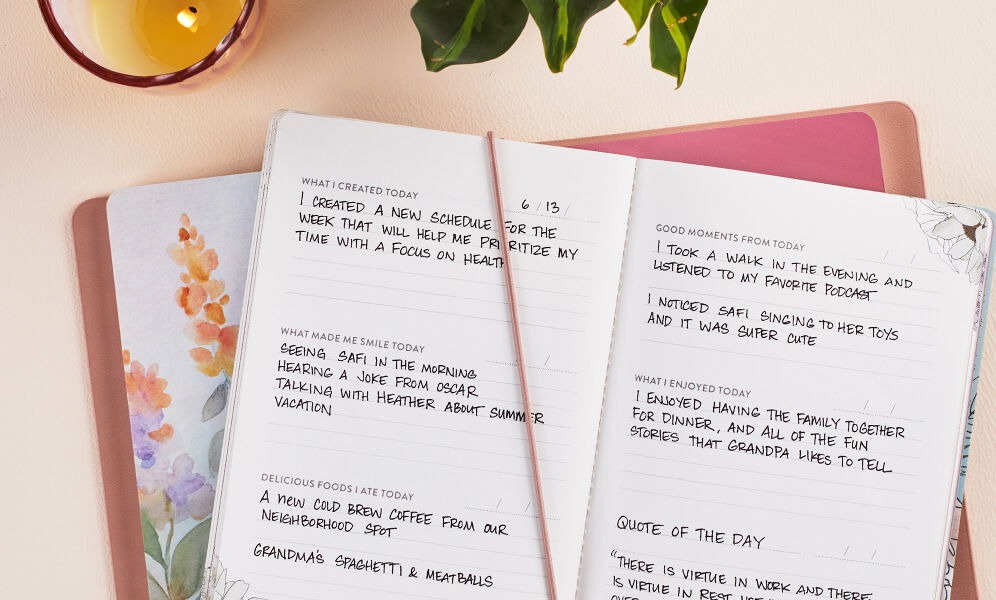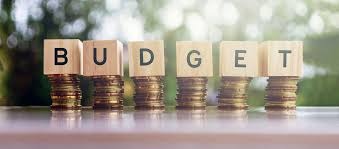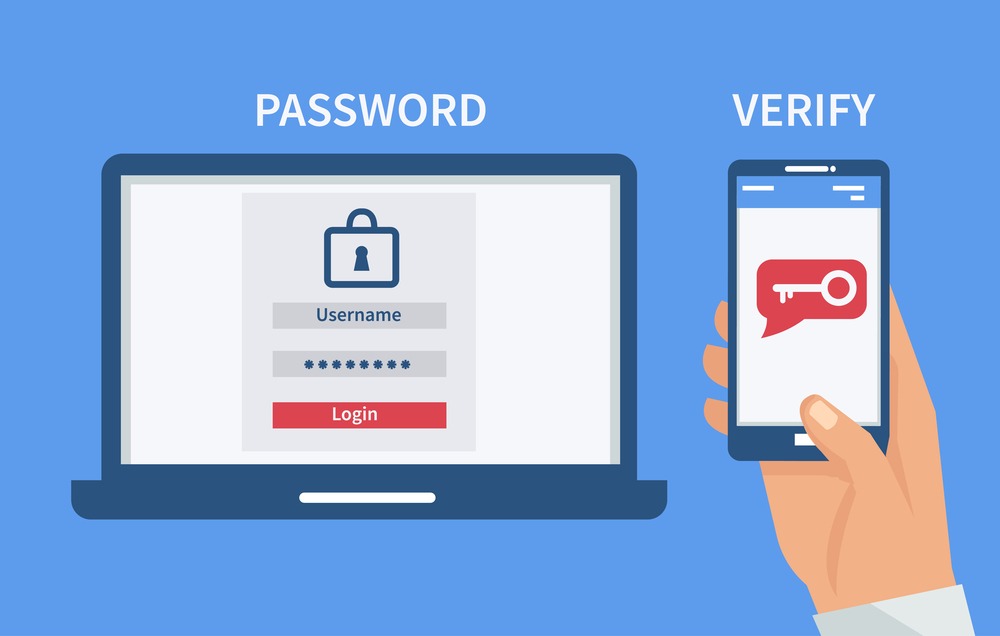Why Three Months?
Three months might seem like a short time to learn a language, but it's actually the perfect window to build a strong foundation and gain confidence in your new skills. The key is to stay focused, consistent, and immersed in the language as much as possible. By following this plan, you'll be well on your way to having basic conversations and understanding the essentials of your new language.
Step 1: Set Clear Goals
Before you dive into learning, it's important to set clear, achievable goals. Having specific objectives will keep you motivated and on track.
Define Your Purpose
Ask yourself why you want to learn this language. Is it for travel, work, or personal growth? Your purpose will guide your learning process and help you stay committed.
Break Down Your Goals
Instead of aiming to "become fluent" in three months, break down your goals into smaller, manageable tasks. For example:
- Week 1-4: Learn basic greetings and introductions.
- Week 5-8: Build vocabulary related to everyday activities.
- Week 9-12: Practice having simple conversations and understanding native speakers.
Step 2: Choose the Right Resources
With so many language-learning resources available, it can be overwhelming to know where to start. Here are some tried-and-true options to consider:
Language Apps
Apps like Duolingo, Babbel, and Memrise are great for learning vocabulary and basic grammar. They offer structured lessons and gamified learning experiences that make practicing fun and engaging.
Online Courses
Websites like Coursera, Rosetta Stone, and Pimsleur offer comprehensive language courses that cover all aspects of language learning, from listening and speaking to reading and writing.
Tutors and Language Exchange Partners
Working with a tutor or language exchange partner can provide personalized instruction and real-time practice. Websites like iTalki and Tandem connect you with native speakers for one-on-one lessons or language exchange.
Textbooks and Workbooks
Traditional textbooks and workbooks can be valuable resources for learning grammar rules and practicing exercises. Look for books specifically designed for self-learners.
Step 3: Create a Study Plan
Consistency is key when learning a new language. Create a study plan that fits your schedule and stick to it.
Daily Practice
Aim to practice your new language every day, even if it's just for 15-30 minutes. Daily exposure and practice will help reinforce what you've learned and keep the language fresh in your mind.
Weekly Focus Areas
Each week, focus on a specific aspect of the language, such as vocabulary, grammar, listening, or speaking. This will help you stay organized and make steady progress.
Sample Study Plan
| Day | Focus Area | Activities |
|---|---|---|
| Monday | Vocabulary | Learn 10 new words, practice flashcards |
| Tuesday | Grammar | Study grammar rules, complete exercises |
| Wednesday | Listening | Listen to a podcast or watch a video |
| Thursday | Speaking | Practice speaking with a tutor or language partner |
| Friday | Reading | Read a short article or story |
| Saturday | Writing | Write a short paragraph or journal entry |
| Sunday | Review | Review what you've learned during the week |
Step 4: Immerse Yourself in the Language
Immersion is one of the most effective ways to learn a new language quickly. Surround yourself with the language as much as possible to accelerate your learning.
Listen to Native Speakers
Listen to podcasts, watch movies, TV shows, and YouTube videos in your target language. This will help you get used to the sound of the language and improve your listening skills.
Practice Speaking
Don't be afraid to speak, even if you make mistakes. Practice with native speakers, language exchange partners, or even talk to yourself. The more you practice, the more confident you'll become.
Read and Write
Read books, articles, and blogs in your target language. Start with simple texts and gradually work your way up to more complex material. Writing practice, such as journaling or writing short stories, can also help reinforce what you've learned.
Change Your Device Settings
Change the language settings on your phone, computer, and social media accounts to your target language. This will give you constant exposure to the language and help you learn new words and phrases in context.
Step 5: Stay Motivated and Track Your Progress
Learning a new language can be challenging, but staying motivated and tracking your progress can help you stay on track.
Celebrate Small Wins
Celebrate your achievements, no matter how small. Did you learn 10 new words today? Did you have a short conversation with a native speaker? Acknowledge your progress and give yourself a pat on the back.
Keep a Language Journal
Keep a journal to track your learning journey. Write down new words, phrases, and grammar rules you've learned. Reflect on your progress and set new goals for yourself.
Join a Language Community
Join online forums, Facebook groups, or local language meetups to connect with other language learners. Sharing your experiences and learning from others can be incredibly motivating and inspiring.
Step 6: Practice, Practice, Practice
The more you practice, the faster you'll learn. Make language practice a part of your daily routine and look for opportunities to use your new skills in real-life situations.
Use Language Apps Daily
Spend a few minutes each day practicing with language apps. Consistent practice will help reinforce what you've learned and keep the language fresh in your mind.
Engage in Conversations
Find language exchange partners or join conversation groups to practice speaking. The more you engage in conversations, the more comfortable and confident you'll become.
Label Your Environment
Label items in your home with sticky notes in your target language. This will help you learn new vocabulary and reinforce what you've already learned.
Conclusion
Learning a new language in three months is an ambitious but achievable goal. By setting clear goals, choosing the right resources, creating a study plan, immersing yourself in the language, staying motivated, and practicing consistently, you can make significant progress and gain confidence in your new language skills.
Remember, the key to success is consistency and a positive attitude. Don't be afraid to make mistakes—they're a natural part of the learning process. Embrace the journey, celebrate your progress, and enjoy the incredible experience of learning a new language. Before you know it, you'll be speaking your new language with confidence and ease. Happy learning!









